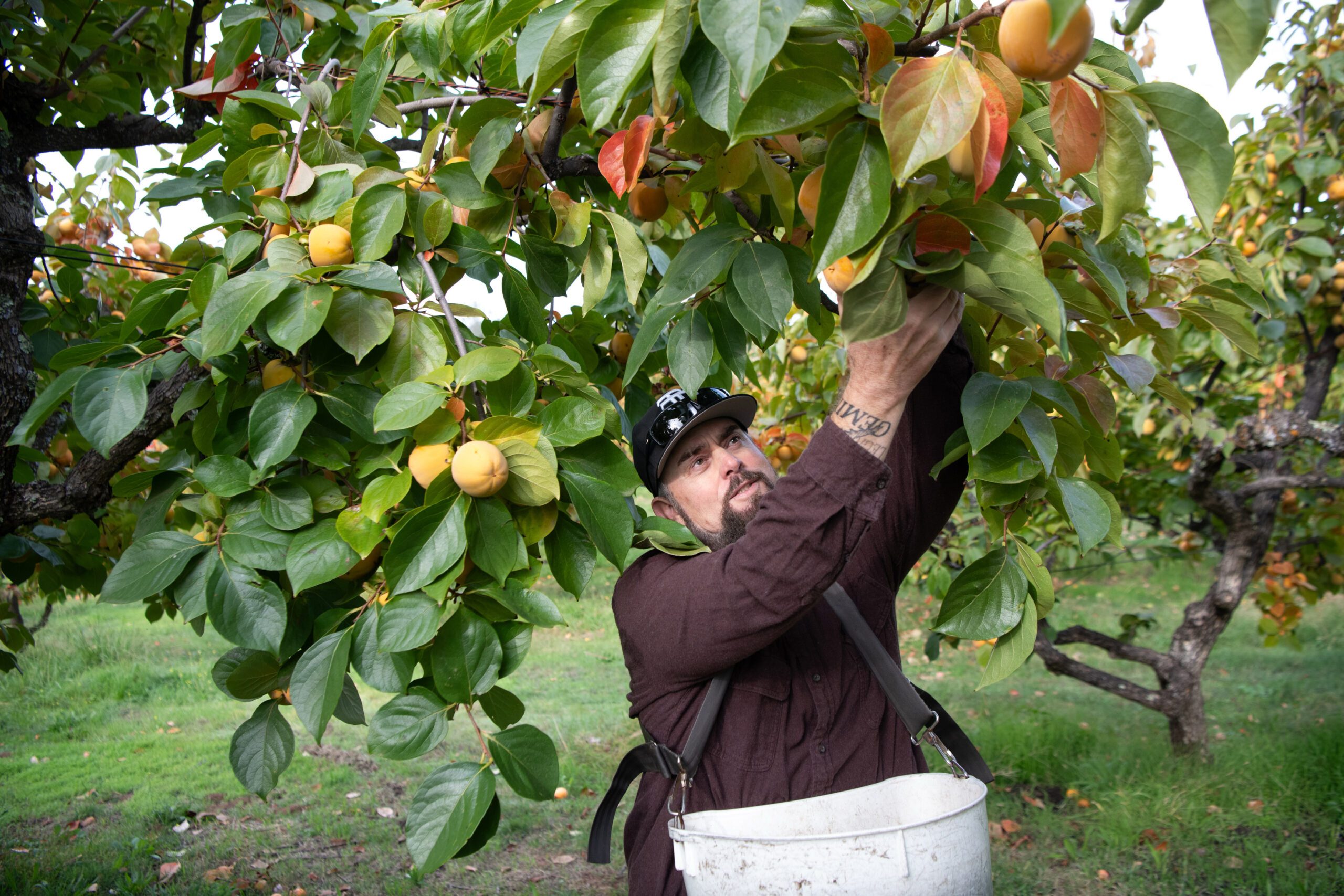CANNABIS CULTURE – The ‘Hemp Hotel’ building in Cape Town, South Africa has now been named the world’s tallest building constructed of hemp.
In this interview, we go behind the scenes. Heinrich Wolff (HW), the architect behind the project, walks Cannabis Culture (CC) readers through visual and intimate details of the structure. Meanwhile, he vows that the future of the built-environment industry is bio-based with hemp a key part of it.
CC: In layman terms, what is a building made from hempcrete blocks and hemp building materials?
HW: The current building that we are working on has a concrete structure (floor slabs, columns, beams & lift cores) with hemp blocks used as the infill between the structure. The hemp blocks offer the following benefits: they are lighter in weight, have superior thermal & acoustic performance, and have superior fire resistance in comparison to normal block work. In addition to this, they have the benefit of being CO2
CC: Does it mean traditional materials (iron, cement, etc.) are never used?
HW: Concrete and steel are incredibly useful materials and have their ideal place in a building. We have mitigated the use of concrete in our building by including TABS (thermally activated building system). These are embedded pipes in the concrete slabs that heat and cool the slab, effectively using the concrete as a thermal battery. This eliminates the need for mechanical heating and cooling.

CC: The blocks are carbon negative we read. What does this mean in simple English?
HW: When the CO2 footprint of the block is less than neutral the block has the net effect of removing CO2 from the atmosphere rather than contributing to it. 1m3 of Hempcrete typically sequesters between 300 & 500 Kg of CO2 from the atmosphere.
CC: Constructing a building using hemp products seems experimental in South Africa. To the best of your knowledge, has this ever been done here?
HW: This is the first building taller than 3 stories constructed out of hemp in South Africa. We have built 8 other houses out of hemp and have another 3 on the drawing board.
CC: What inspired you to make a building out of hemp? Like is there another building elsewhere in the world that made you want to build this in Cape Town?
HW: The primary inspiration for creating the “Hemp Hotel” is our client Duncan Parker, the owner of Hemporium who has been pioneering the industrialization of hemp in South Africa for the last 25 years. Further, we have been inspired by the work done by hemp pioneers like Tom Wooley, Steve Allen, Raulph Carpenter, and Iso-Hemp who have been working with Hemp as a construction material in Europe & England. On our side, we have been designing hemp structures for the past 14 years to stimulate the eminent hemp industry in South Africa. We believe that the future of construction will be bio-based and that there are great opportunities to stimulate the South African economy in all the sectors of the hemp industry.
 CC: The plant-based building material also has great thermal insulation qualities, lowering the need for heating and cooling systems which saves on energy bills, you said. This is great insurance against electricity outages, right?
CC: The plant-based building material also has great thermal insulation qualities, lowering the need for heating and cooling systems which saves on energy bills, you said. This is great insurance against electricity outages, right?
HW: Yes. Hemp blocks along with other bio-based building materials used in housing definitely will reduce heating and cooling costs which will save on energy bills
CC: When it comes to repairing the building after say 15 years, do workmen need to put fresh hemp blocks?
HW: No
CC: Is the building already finished, like it’s now operational?
HW: The building is not yet operational and will be finished in the following months.
CC: In terms of costs: is this cheaper than the usual brick, mortar, wood, and iron buildings we are used to?
HW: To construct a house out of hemp will cost you more in the beginning but will save you money in the end because of its superior thermal performance. And at scale hemp construction offers the opportunity for CO2 trading.
Original Article










